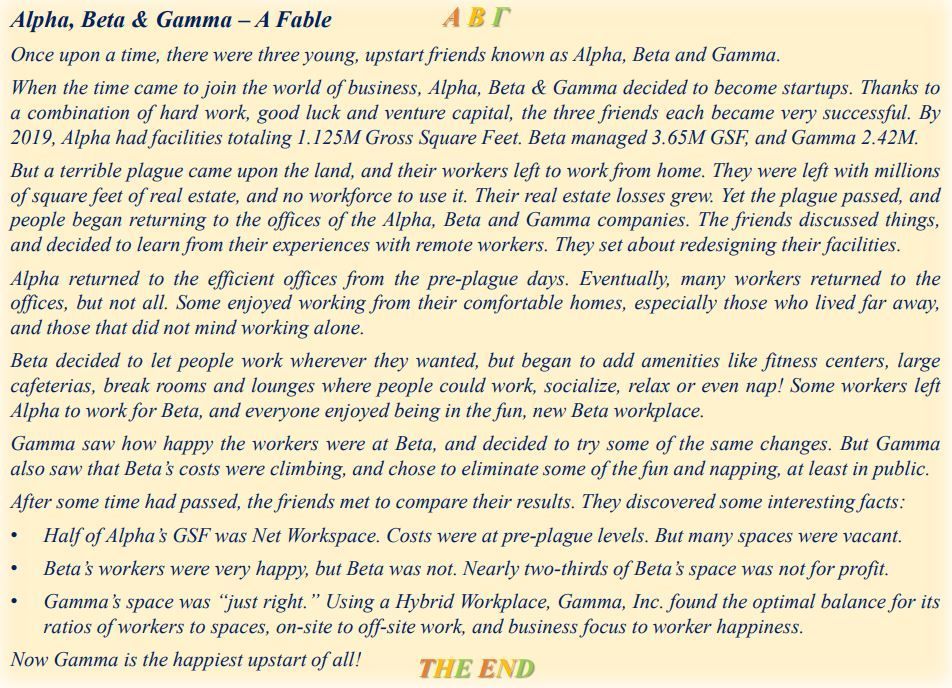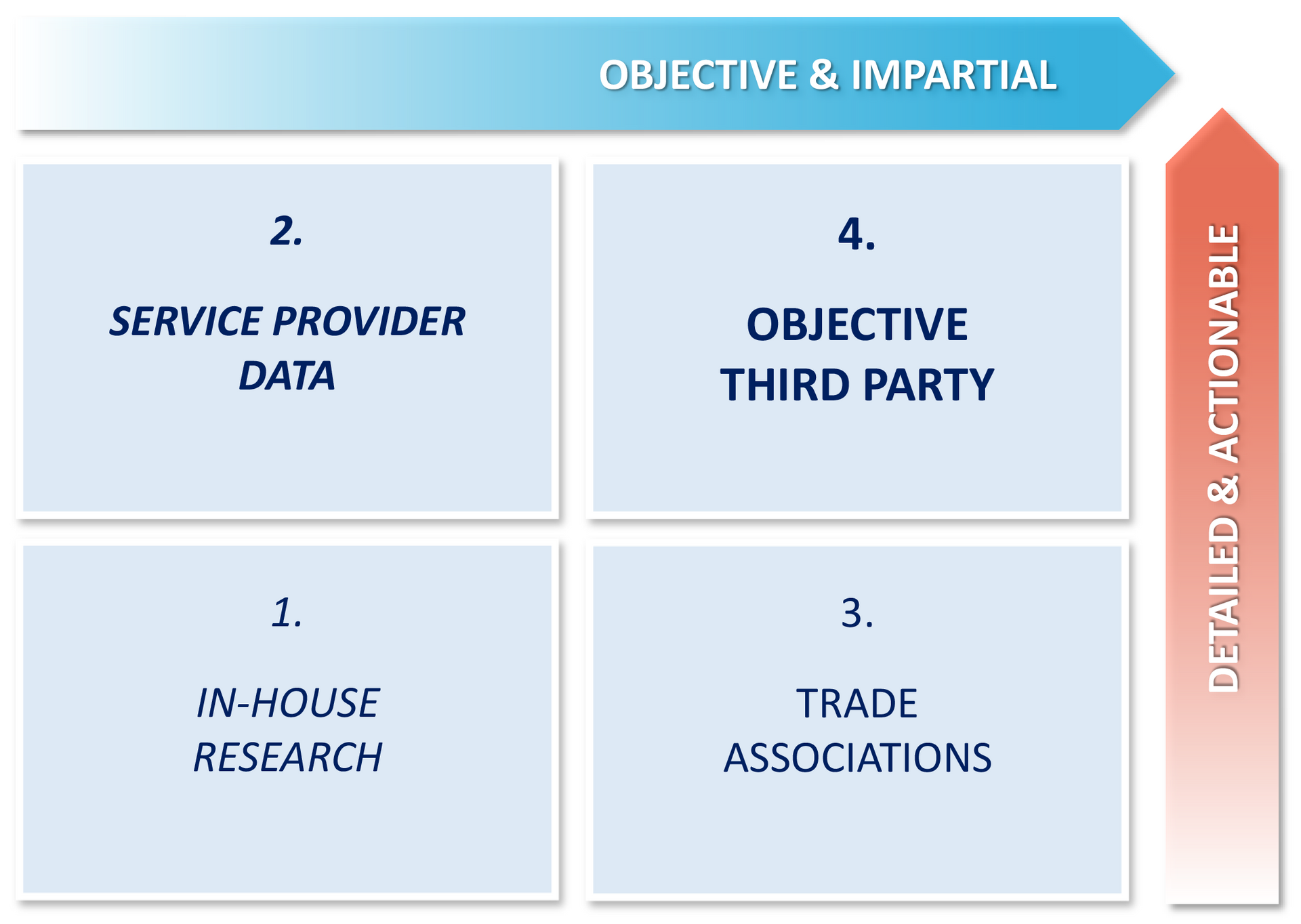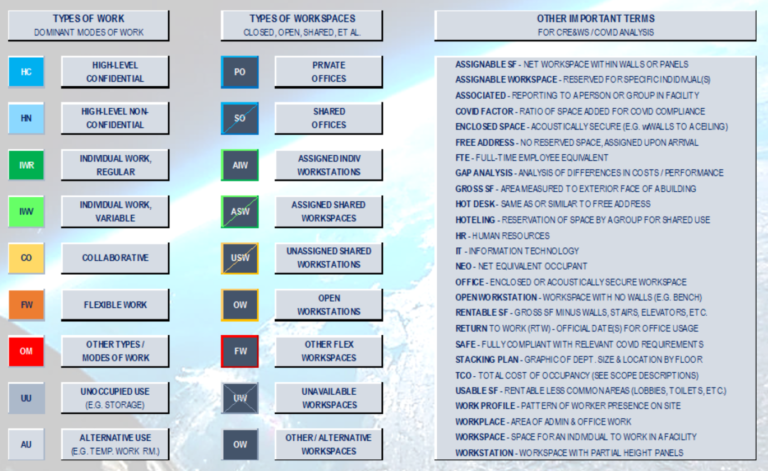CREWS 1: The New Vision and Mission – Intro
INTRODUCTION
AN IMPORTANT MOMENT
This is an important moment in a relatively modern field known as real estate and facilities management.
Many current practitioners come from other fields and professions: Architecture, engineering, finance, manufacturing, research, etc. We believe most would agree it has been a rewarding experience but is also becoming extremely complex. An ever-expanding range of new and serious responsibilities is calling for New Vision, Missions, and Models for the field. Just a few recent examples include:Security and cybersecurity against terrorist threats
- New environmental, social and governance policies
- Worker safety and wellness through a global pandemic
- Hybrid workplace strategy in the post-pandemic world
- Artificial intelligence (AI) and the Internet of Things (IOT)
Some of us recall when “facilities manager” evoked images of thermostat setting, building cleaning and lawn care. Those days are past. But has perception changed in the eyes of senior management?
We prefer the term “CREWS,” for Corporate Real Estate, Workplace & Services. This reflects corporate status, and a role as provider of workplace and services, rather than a maintainer of bricks and mortar.
New leaders are emerging, to assume the reins of control in a challenging domain. We share ideas tonmake that complex role simpler, although not simplistic. We draw on the power of images to convey information clearly and quickly. Streamlined communication will help CREWS accomplish a core role in the company: Serving as home of the enterprise. It can also visually model clear communication, and serve as a strong example of value-adding, continuous improvement for the entire organization.
THE COMPLETE PICTURE
Complex problems often require a new perspective before they can be solved. Today’s workplace is a good example. In the past, space needs could be determined simply by balancing the capacity of real estate (“Buildings”) with the design of workstations, offices and conference rooms (“Furniture”), sufficient to meet the work requirements of the occupants (“People”). Now TIME is an essential factor.
The “Triad” has now been dramatically altered for the foreseeable future. Large amounts of real estate remain unoccupied and may remain so for many months. The “Burn Rate” of vacant, unproductive space is staggering. It has been accepted in part due to the difficulty and cost of replacing this space in the future.
But three major developments make the continuing need for this space less likely.
1. Employees prefer working from home, at least part-time. Hence the popularity of “Hybrid” model workplaces, and the strong likelihood of excess space in many portfolios.
2. New models for ownership, management and tenancy are making wide-scale use of “flex-space” (or co-working) more convenient. This allows landlords and tenants to design leases matching tenants’ needs more closely than today’s typical portfolio.
3. Artificial Intelligence (AI) and space use apps make the option of real-time, on-demand space a practical reality, This can free large amounts of space for disposition, sublet or higher use.
These trends require fuller understanding of the workplace, and deeper insight into all of the key elements for its productive, cost-effective use. We begin our quest here with New Lessons From Benchmarking.
Michael F. Guerin AIA, PE, CEM, CFM, LEED-GA. GGP
President, Guerin Associates. Inc.
NEW LESSONS FROM BENCHMARKING REVEAL MAJOR COVID-19 EFFECTS…
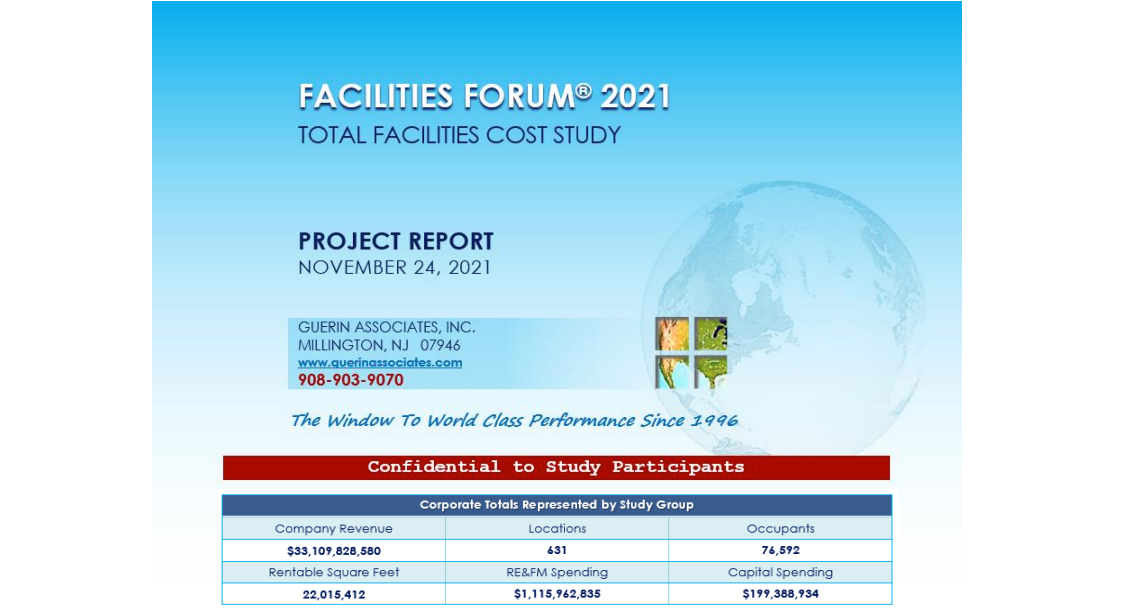
… SUCH AS ACTUAL VS THEORETICAL OCCUPANCY …
Participants in the latest “Facilities Forum®” study reported Assigned Occupancy averaging 66.2%, and estimated
Actual Occupancy averaging 10%, with 90% vacancy . . .

… ACTUAL VS. NOMINAL ASSIGNABLE SPACE RATIOS …
. . . resulting in
Actual RSF per Occupant averaging 2,795, versus the nominal figure of 368 RSF per Assigned Occupant . .
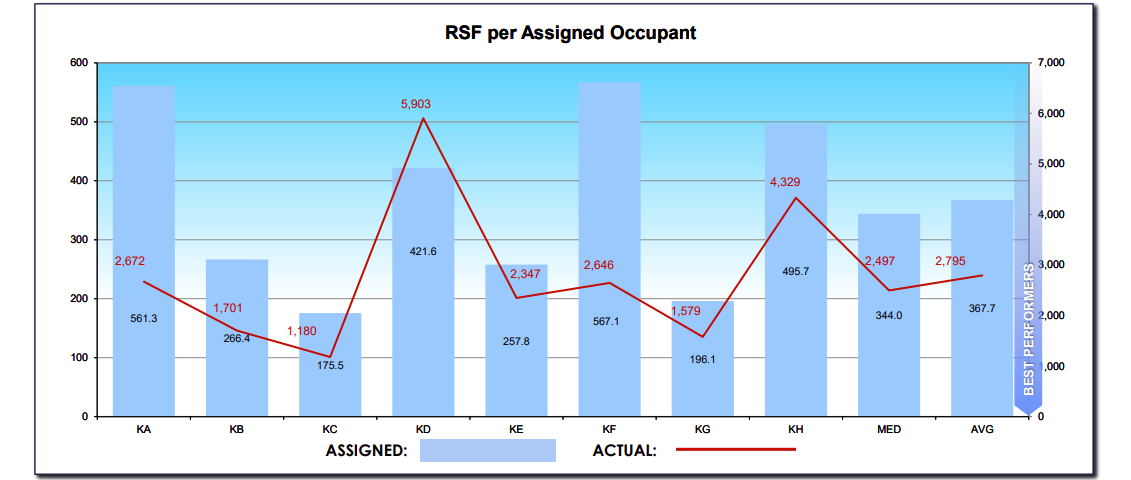
… THE FINANCIAL IMPACT OF “BURN RATES” OF UNDERUTILIZED SPACE …
. . . and a total of $374 Million
for the year in underutilized space, based on all spaces assigned, even those unused. Covid-era totals are
~$976 Million for nine participants.
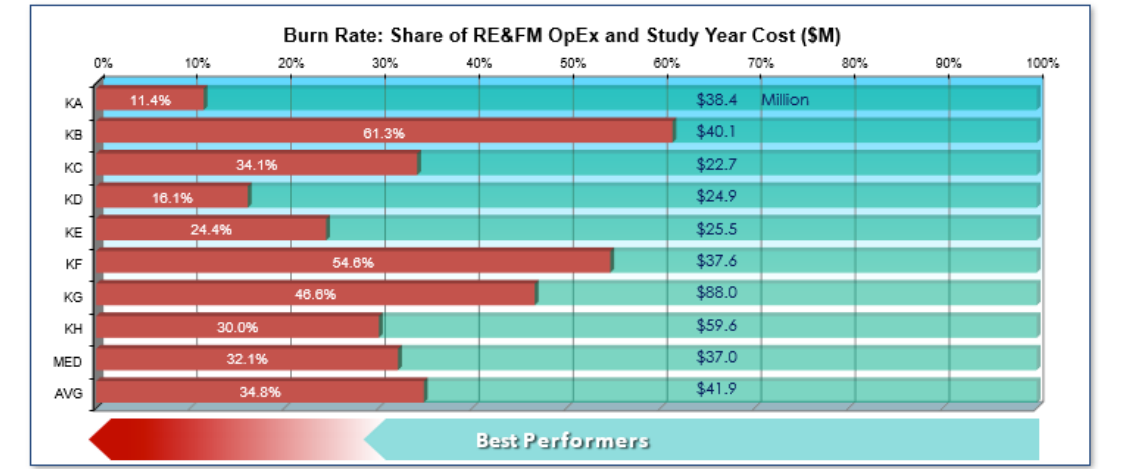
… THE NEED FOR NEW TERMS, DEFINITIONS AND KEY METRICS …
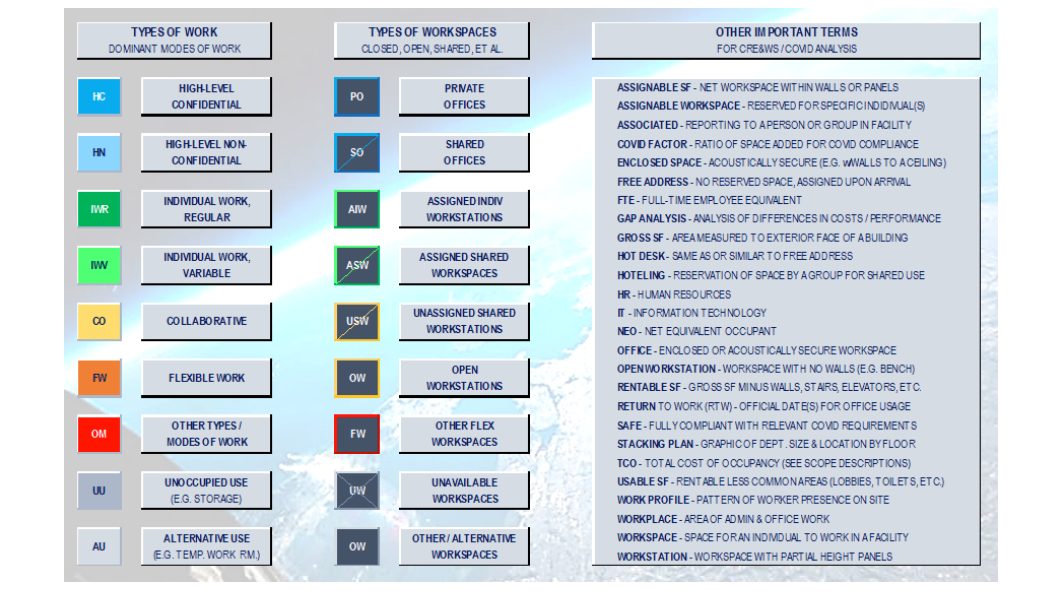
… AND FOR A MORE COMPLETE OVERVIEW OF THE DISCIPLINE.

